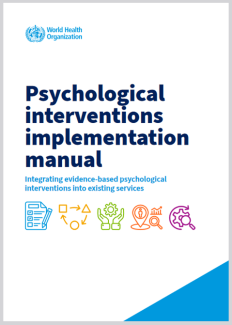ISSUP في Lisbon Addictions 2024: تمكين القوى العاملة في المستقبل
في الفترة من 23 إلى 25 أكتوبر 2024 ، استضافت لشبونة مؤتمر لشبونة للإدمان 2024 ، حيث جمع 2,231 مشاركا من جميع أنحاء العالم. ووفر الحدث منصة ديناميكية لمشاركة أحدث الأبحاث في علم الإدمان واستكشاف الاتجاهات المستقبلية في سياسة وممارسات الإدمان. وركز موضوع المؤتمر " تمكين القوى العاملة في المستقبل" على تعزيز القوى العاملة في مجال الوقاية من الإدمان وعلاجه والتعافي، مع التأكيد على الحاجة الماسة للمهنيين المدربين تدريبا جيدا لتلبية المتطلبات المتطورة في هذا المجال.
شاركت ISSUP بنشاط في المؤتمر ، حيث نظمت جلسة نقاش بعنوان "التعلم من إفريقيا: تنمية القوى العاملة وتعزيزها ودعمها". هدفت الجلسة إلى...



